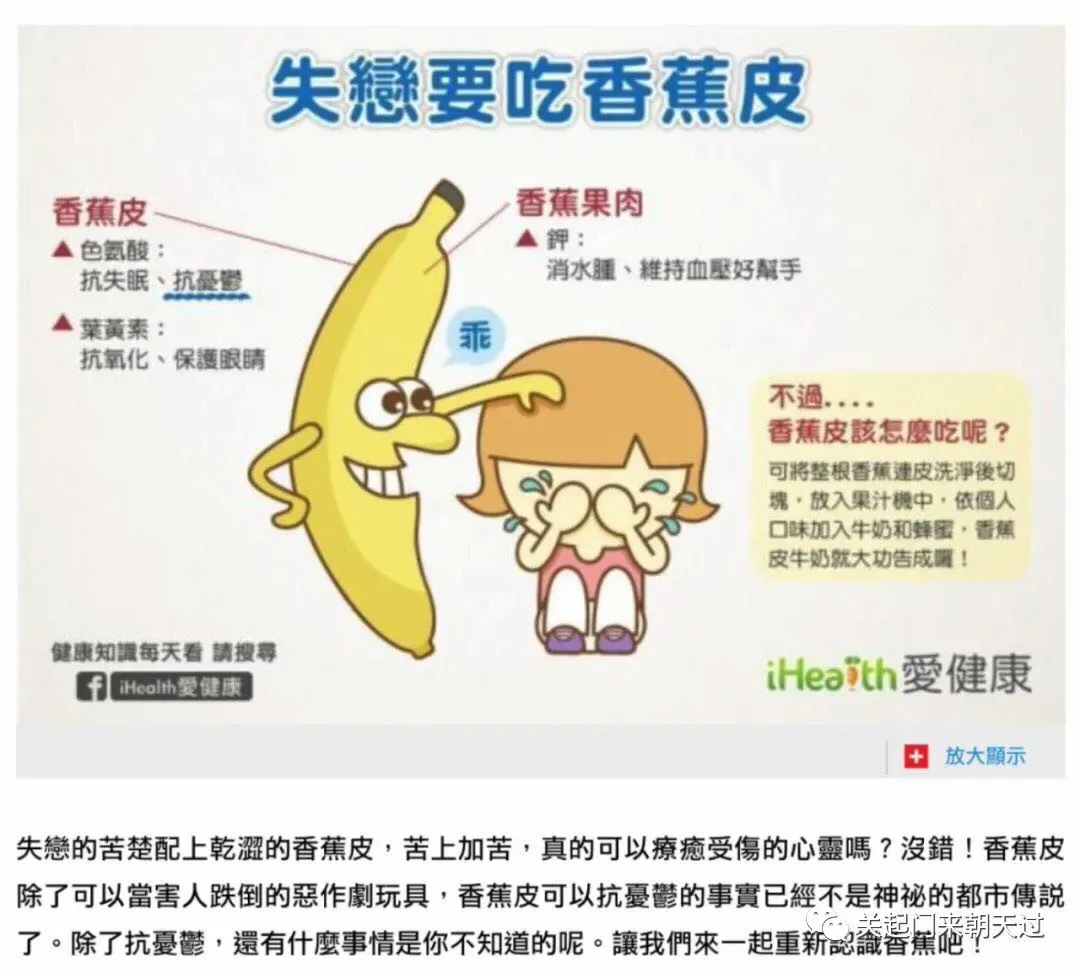Fruit wine brewing (with video: Green Banana Peel Forgetting Love Water)
Brewing fruit wine is complicated and complicated, simple and simple. If you're coming to a brewing class, just memorize the number "25" and go home after class.
In winemaking, two sugar molecules are converted into one ethanol under the action of bacteria. So, what is your favorite work environment for brewers? In a word, 25-25 degrees sugar content + 25 degrees temperature.

If you explain a little more, the sugar content is: the combined sugar content of the fruit + water + sugar in the brewing container. The temperature is, 25 degrees Celsius.
My usual brewing method is as follows:
The first step is to prepare 25% sugar water for later use.
The second step, put the fruit into the container, add sugar, and adjust the sugar content to 25%.
The third step is to add the sugar water that has been prepared in proportion.
The fourth step is to add wine.
Step 5: Add lemon juice.
The sixth step, sealing.

Attachment: Teaching video, taking green banana peel as an example
Next, the content of the description corresponds to the corresponding steps in the previous steps to make the necessary descriptions:
One, make sugar water, use white sugar for sugar. The sugar water can be prepared in a weight ratio or a volume ratio. There are two simple methods for the volume ratio. One is to put 1/3 of the height of white sugar in a transparent straight bottle, and then fill it with water. The other is a cup of sugar with three cups of water.
Second, to adjust the sugar content of fruit, you can refer to the sugar content table on the Internet, or you can rely on personal experience.
Third, the proportions of different parts of different fruits are slightly different. Generally, it is recommended that pulp: sugar water = 4:6.
Fourth, the function of adding wine is to introduce dominant strains into the winemaking environment, which can be fruit wine in the process of fermentation, cold-stained jam, or viscous slag during clarification and re-filtering (generally, I am reluctant to wine and cold-stained jam). , all use dregs as wine), or commercially available fruit wine Saccharomyces cerevisiae (the total weight is 1000 grams: 0.5 grams of yeast); you can also use commercially available baker’s yeast (the total weight is 1000 grams: 1 gram of yeast) ). Baker's yeast is also suitable for fruit wine brewing, because baker's yeast is a compound yeast, which contains brewing bacteria that can eat sugar and produce ethanol. The total amount is doubled, which can make the brewing bacteria reach a suitable concentration.
5. The working environment of brewing bacteria, in addition to two 25, also likes acid. Generally speaking, lemon juice can be added except for oranges, pineapples, apricots, and roselles with high acidity. Generally, 1 lemon is added per 1000 ml. juice, which not only increases the acidity, but also increases the lemon aroma. Of course, fruit and sugar water are already acidic, so they can be omitted.
Six, gas is produced during the winemaking process, so it is not recommended to seal, especially glass bottles, which will explode if sealed too tightly. But it has to be covered, and the bacteria will be polluted if they grow in. In the early stage of the brewing process and the late stage of anaerobic fermentation, it is necessary to cover it, as long as it is not vigorously sealed. Generally, glass jars with plastic caps are not too airtight, so they can be tightened with confidence. However, for this kind of sealed bottle with rubber ring, it is recommended to remove the rubber ring during the brewing process. This type of tinplate bottle can be tightened. The cover should be twisted back after it is dead, so as to avoid gas explosion.
Like my work? Don't forget to support and clap, let me know that you are with me on the road of creation. Keep this enthusiasm together!